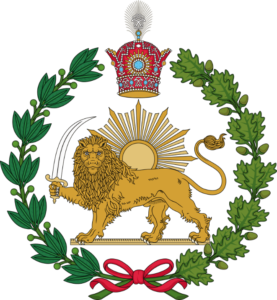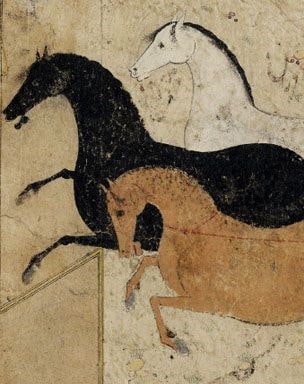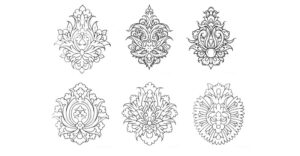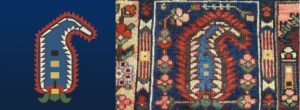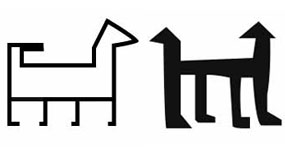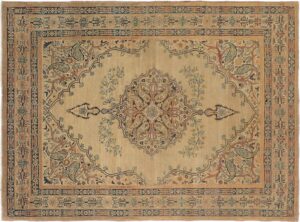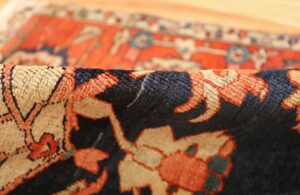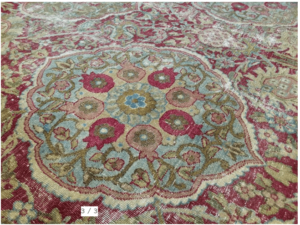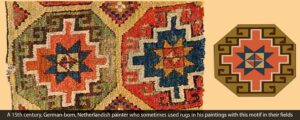
Memling Gul
MEMLING GUL Memling Gul Memling Gul is a common carpet motif named after the European artist Hans Memling (1430 –1494). He was a German painter who moved to Flanders and worked in the tradition of Early Netherlandish painting. He had used to picture carpets in his paintings. Carpets depicted in Memling’s paintings mostly designed with

